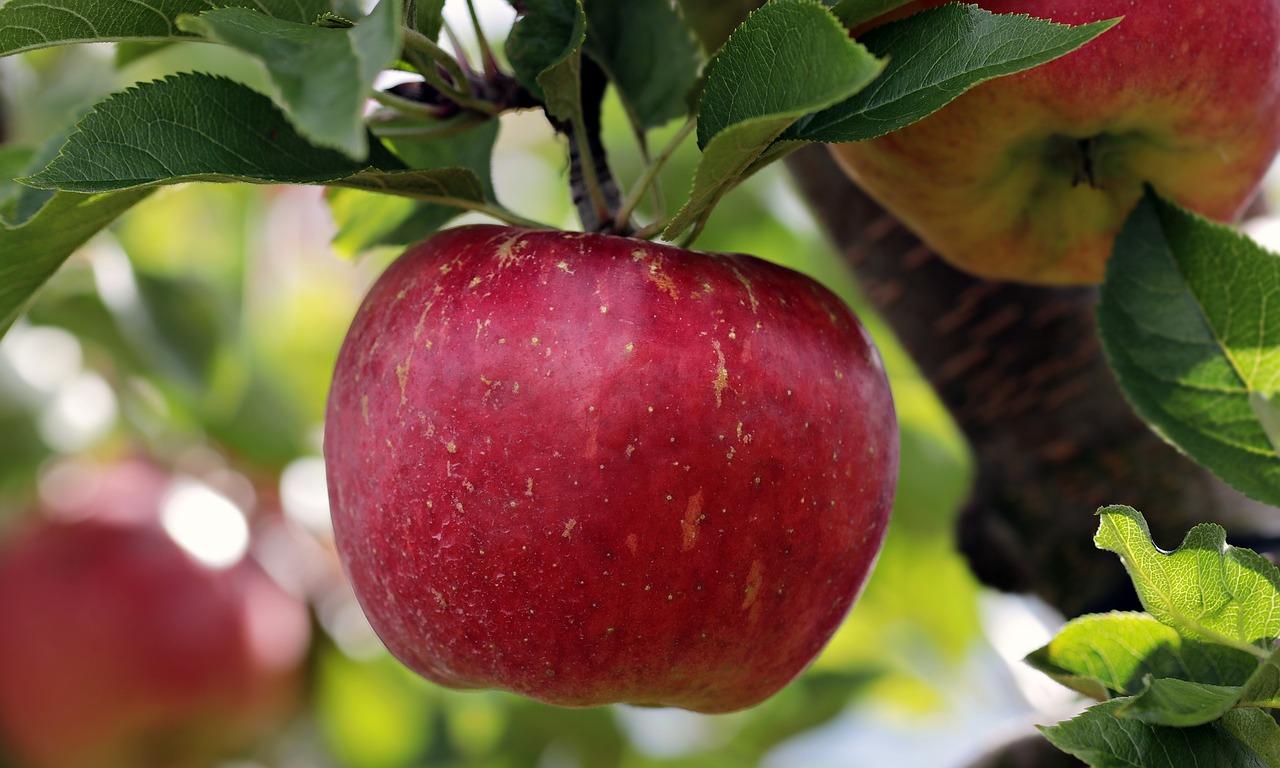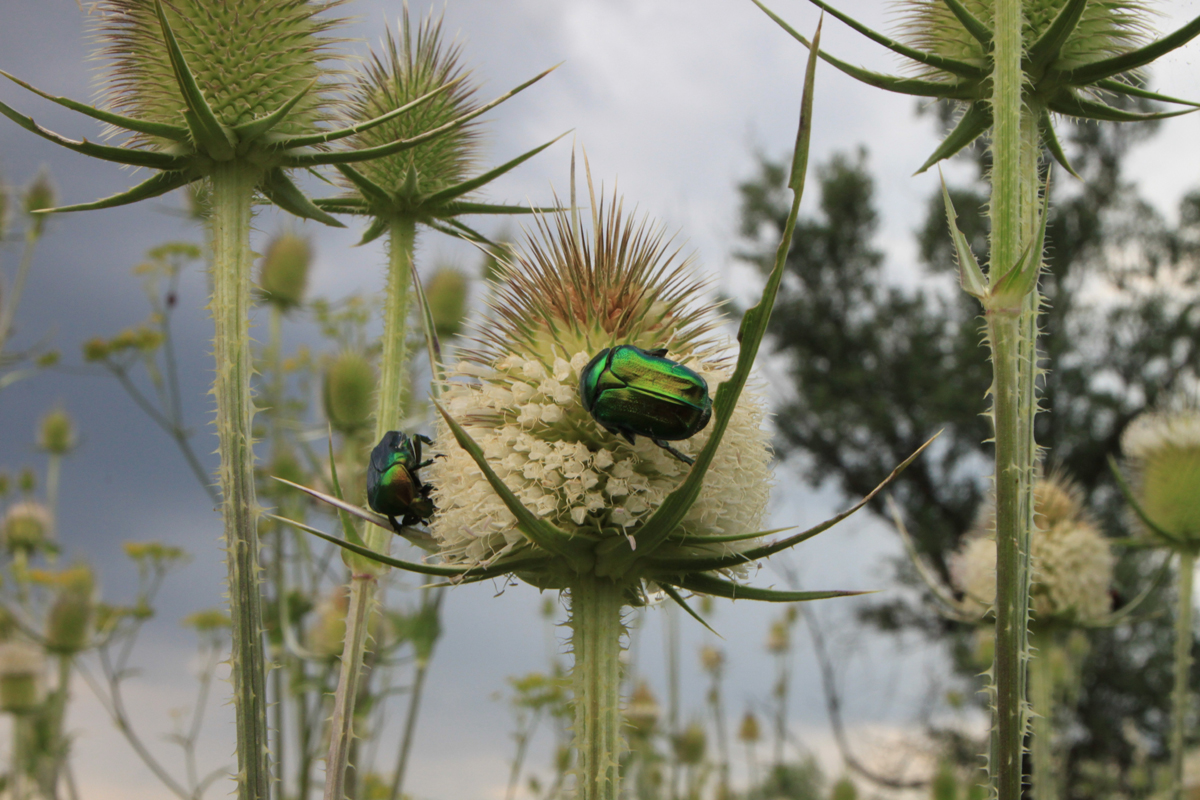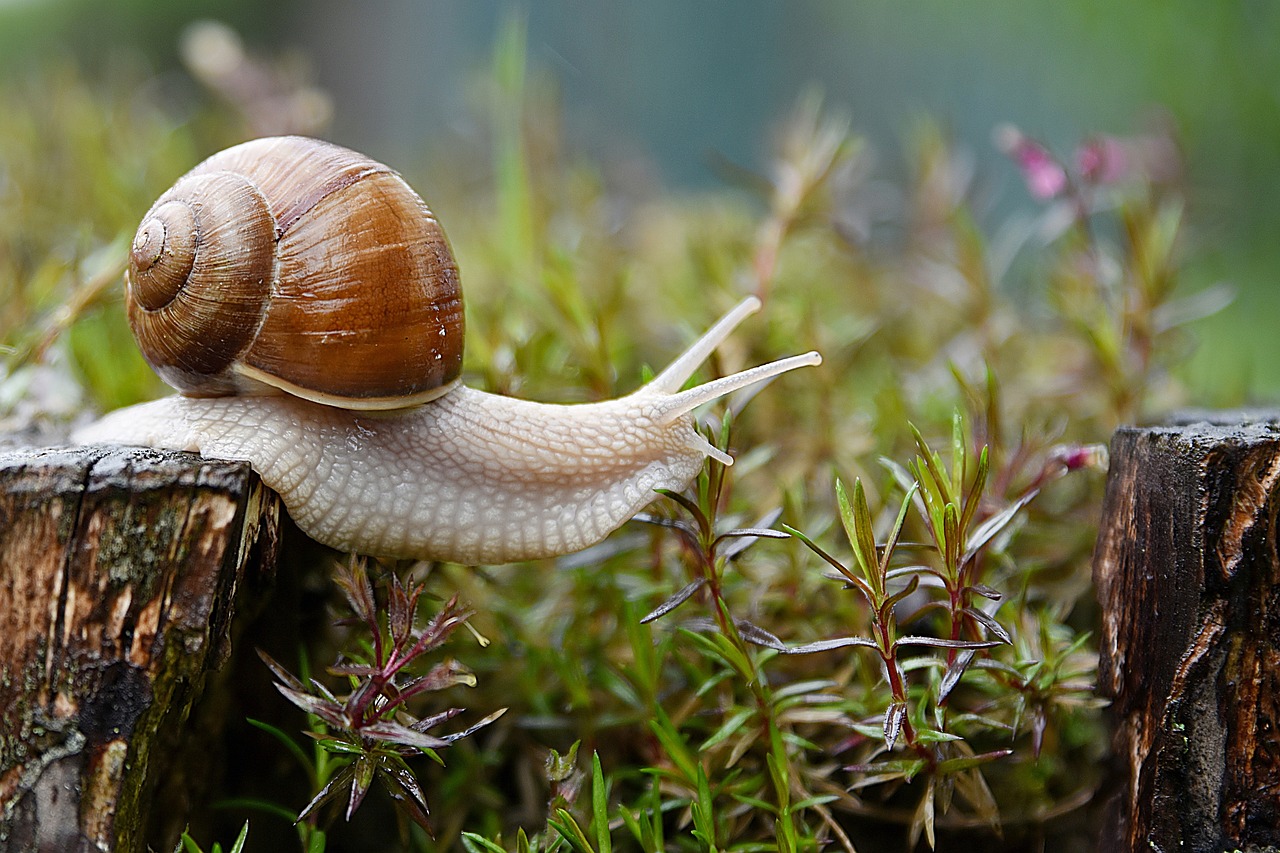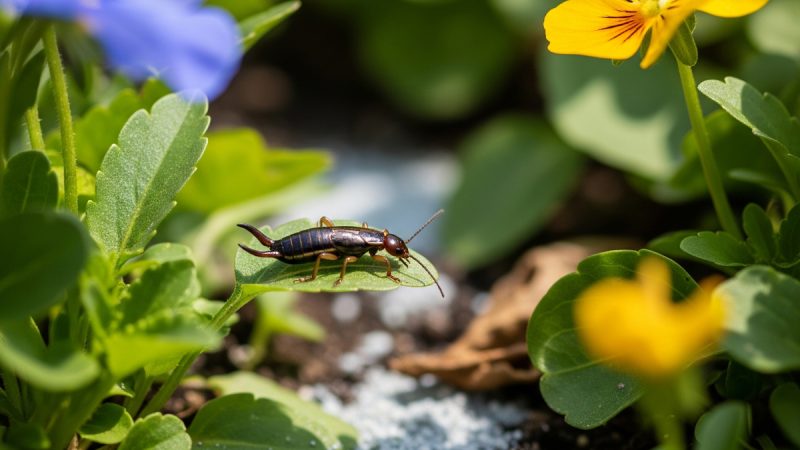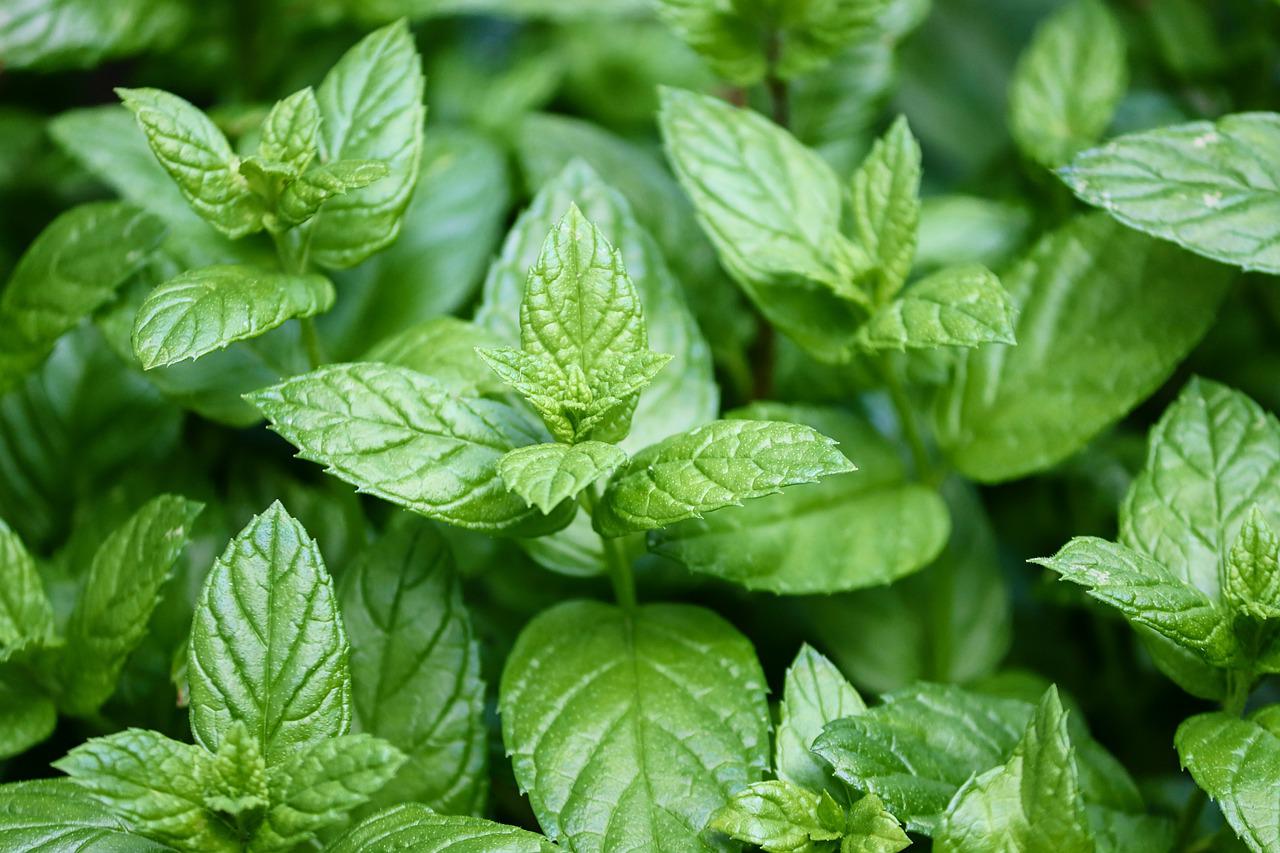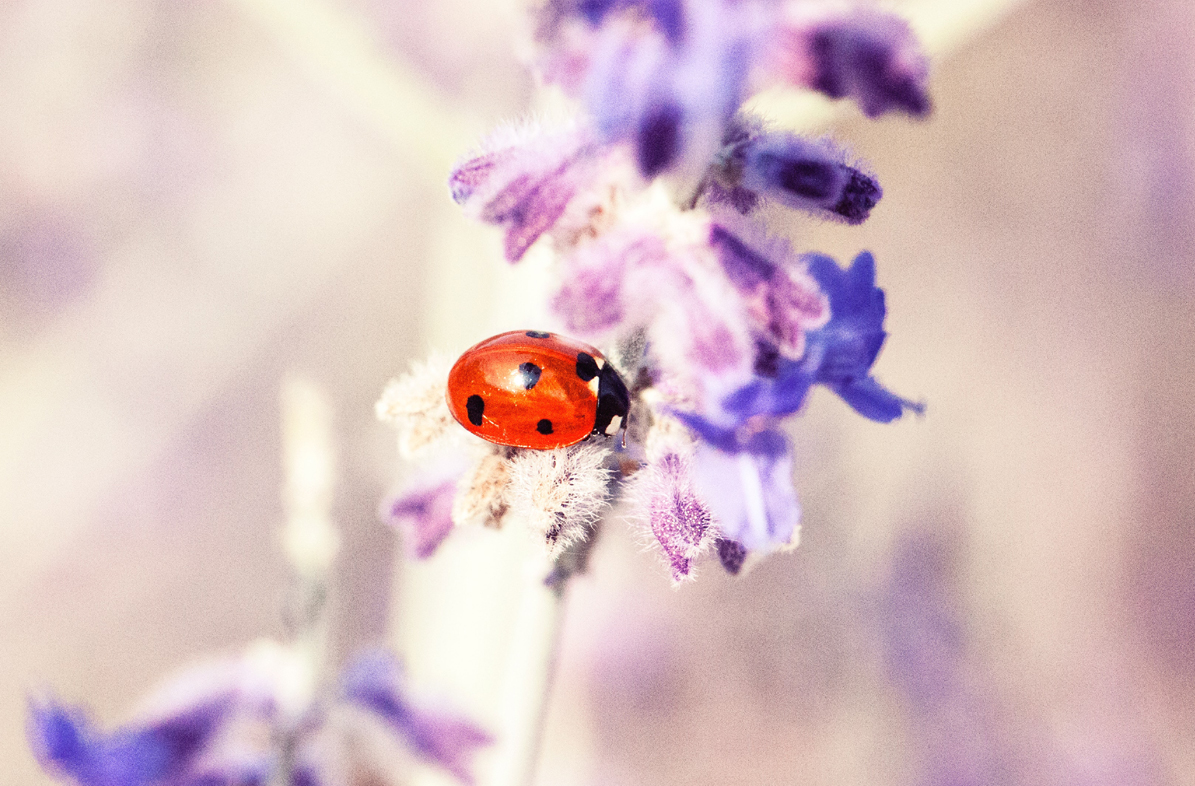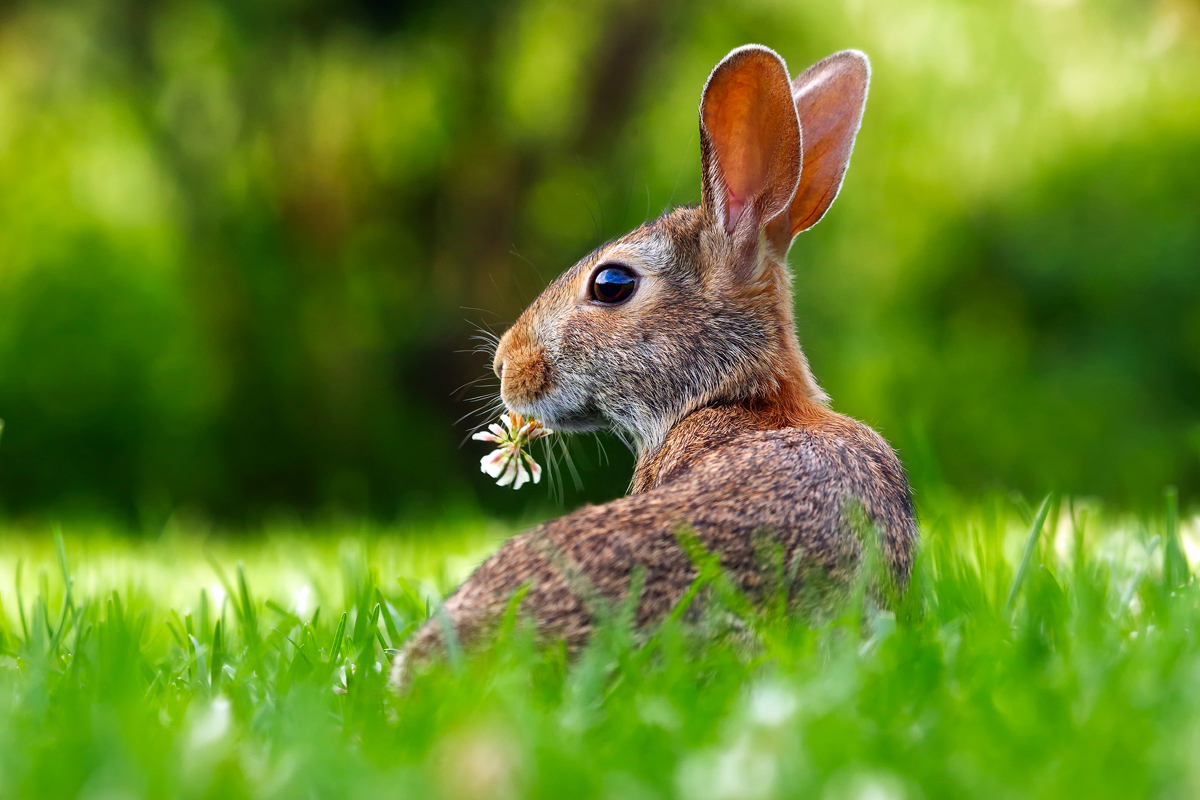Red Spider Mites Can Be a Problem with Tomatoes, Capsicums and Potatoes
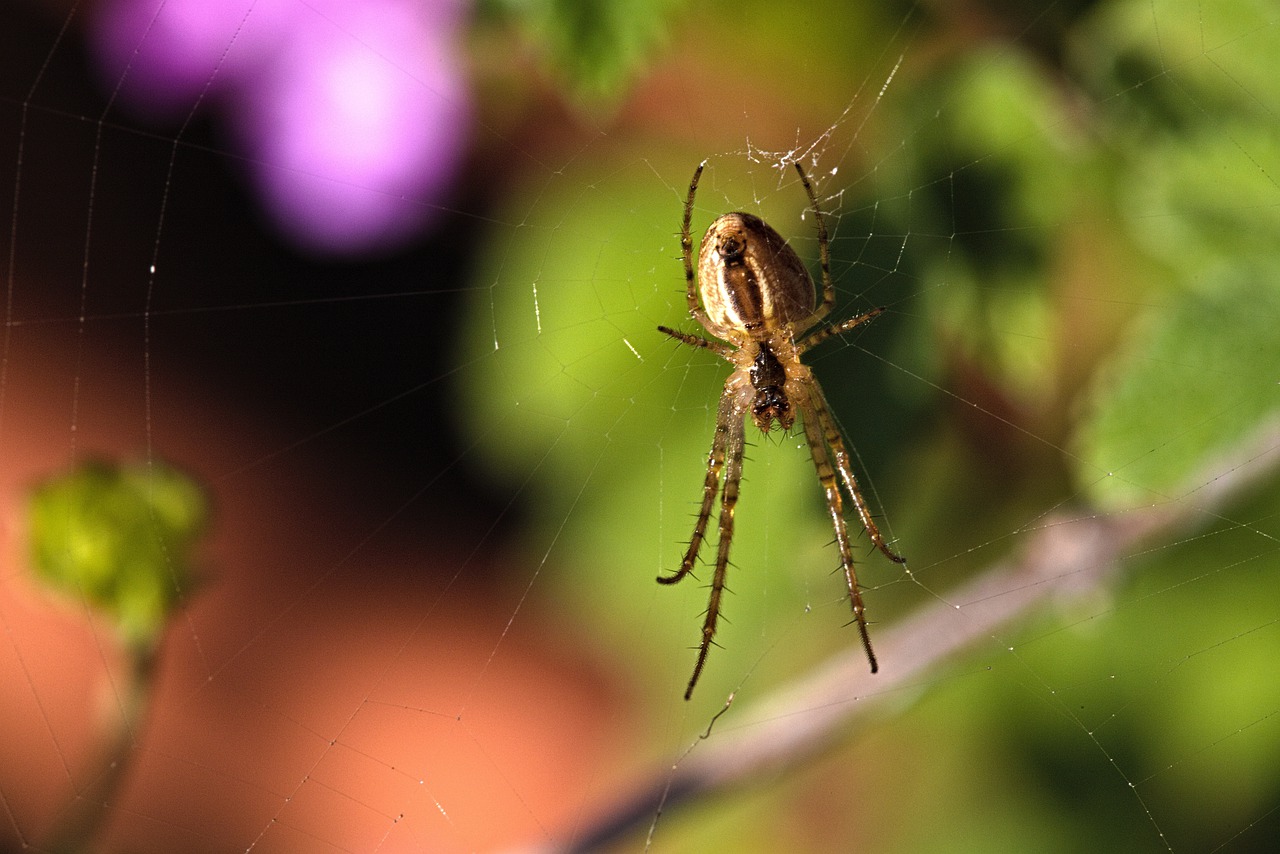
The first signs of this pest to the uninitiated, may look like a nutrient shortage, as the leaves of the crop yellow and die off. These mites generally choose the upper leaves first, where conditions are drier and warmer. The pest itself is not noticed because it lives on the undersides of the leaves and is very small. However, if you turn the affected leaves over and look on the underside, in cases of severe infestation, small red mobile dots can be seen and quite frequently, also webs (because mites are closely related to spiders – hence the term “spider mite”).
Spider mites feed on plant cells and produce characteristic small, yellowish, speckled feeding marks. If you examine the leaves closely, this speckling is quite obvious on the upper leaf surface, although the damage occurs below. Many insecticides have little or no effect in controlling them. Their small size, ability to exist close to the veins of the plants, the webs and because they are a different species of pest than other insects, make control by spraying extremely difficult.
Spider mites are sensitive to day length and are capable of hibernating within cracks and crevices of the plant structure. If you had spider mites last year, it is highly likely that they will continue to be a problem this year.
Spider mite populations can explode under conditions of high temperature (above 30oC or 85o F) and low relative humidity (below 60% RH). Temperature affects the rate of the life cycle, hence the higher the temperature, the more rapid the rate of spider mite population growth.
Temperature (C & F) – No Days (egg to adult)
16oC (60oF)…………………………30
18oC (64oC)…………………………21
21oC (70oF)…………………………14.5
32oC (90oF)…………………………3.5
In the US, and some other countries, predatory mites can be purchased, which are extremely effective at cleaning up spider mites. These predatory mites multiply nearly twice as fast as red spider mites and only feed on other mites, and not on plants.
Where it is not possible to purchase predatory mites, it is possible to slow the rate of development of the pests by increasing the humidity around plants by watering their leaves.
Products such as fish emulsions sprayed on the foliage of plants are also known to be effective.
When the crop is finished, it is important to clean up and destroy all plant residues to minimize the risk of carry over of these pests.
The Author:
Lucia Grimmer holds a Master’s Degree in Plant Pathology, is a plant nutrition technician and a world authority on plant disease. Every day she provides technical advice to professional horticultural growers all over the world. Visit: http://bestjuicytomatoes.com

